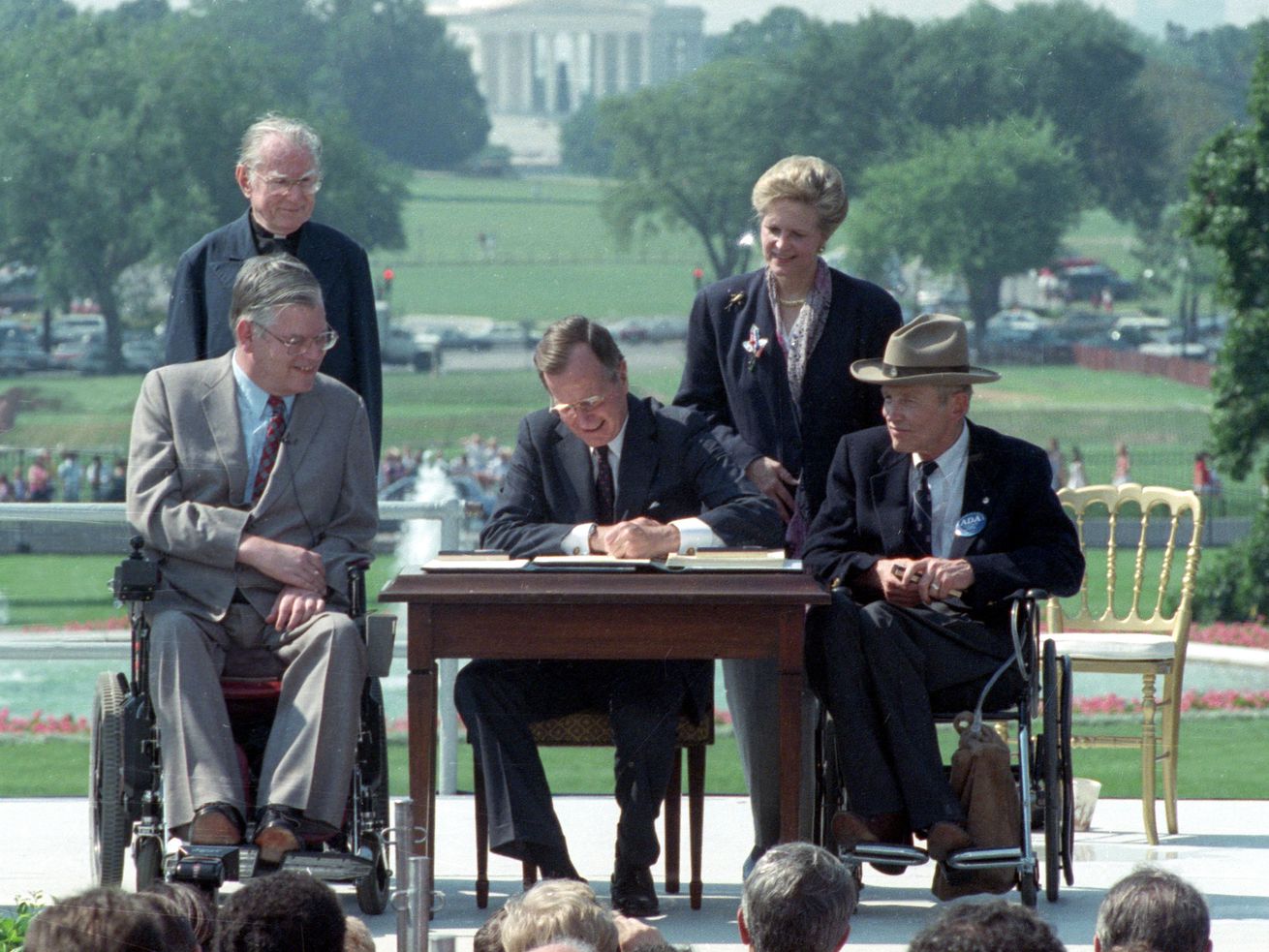Hop into the Time Machine to learn about the history of the disability rights movement.
In The Weeds Time Machine series, the podcast revisits key US policy moments and decisions from the past — how we got there, what the policy did, and why it matters to the conversations we’re having today.
This time, the Time Machine is fired up for a special episode on the Americans with Disabilities Act (ADA) with The Weeds hosts Dylan Matthews, Dara Lind, and guest Ari Ne’eman, a health policy PhD candidate at Harvard. The ADA was signed into law 32 years ago on July 26, 1990, and while the legislation had a profound impact on almost every corner of American society, the bill wasn’t perfect.
So hop into the Time Machine to learn about the history of the disability rights movement, how the ADA came to be, and what the movement is working toward today. Listen to the episode below or wherever you find podcasts:
And read the full transcript here:
Author: Vox Staff
Read More
